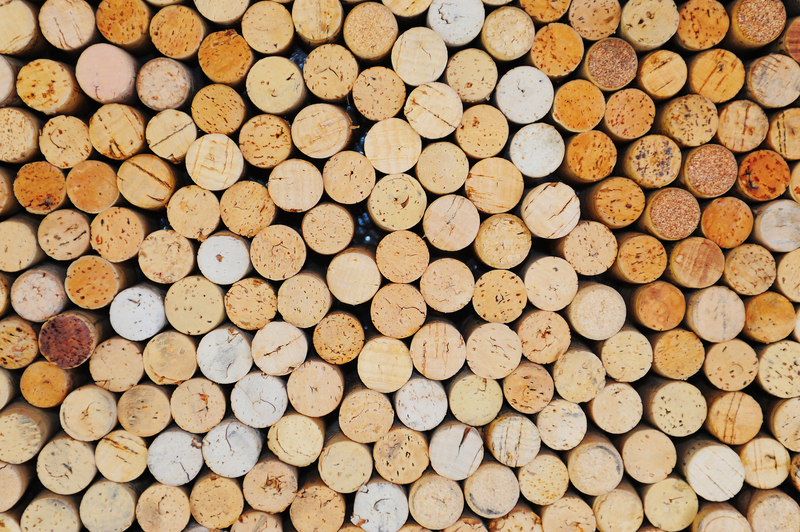The Smart Guide to Safely Disposing of PPE Waste
The global surge in the use of personal protective equipment (PPE)--such as masks, gloves, face shields, and gowns--has been essential for public health, especially during pandemics like COVID-19. However, the improper disposal of PPE waste has rapidly become an environmental and health hazard. This comprehensive, SEO-optimized guide covers everything you need to know about safely disposing of PPE waste to protect yourself, your community, and the planet.
Understanding PPE Waste: What Is It and Why Does It Matter?
PPE waste refers to discarded personal protective equipment like single-use face masks, surgical gloves, protective gowns, and goggles. These items are commonly used in healthcare, industrial, and even everyday settings by the public. Their improper disposal poses serious issues, including:
- Environmental impact - Non-biodegradable materials contribute to landfills, oceans, and urban litter.
- Public health risk - Used PPE may carry pathogens, risking exposure to sanitation workers and the public.
- Wildlife hazards - Animals can be injured by ingesting or getting entangled in discarded PPE items.
With millions of masks and gloves used daily, responsible PPE disposal has never been more important.

The Correct Process for PPE Waste Disposal
1. Identify and Segregate PPE Waste
- Household PPE waste: Masks, disposable gloves, and tissues used by healthy individuals at home.
- Medical/Contaminated PPE waste: Used by individuals who are infected or in quarantine, as well as by healthcare professionals.
It is crucial to separate PPE waste from regular household or office waste. Use a designated, leak-proof trash bag for collection. Mark bags as "PPE Waste" to alert waste handlers.
2. Safe Handling and Packaging Techniques
- Always wash your hands thoroughly before and after handling PPE waste.
- Double-bag the waste to reduce the risk of leakage or exposure.
- Seal the bag tightly and clearly label it as "PPE waste."
3. Proper Disposal Procedures for Different Settings
At Home
- Place used PPE in a separate plastic bag.
- Seal and tie the bag before placing it in the general waste bin, not in the recycling.
- Do not throw used PPE on the street, in toilets, or storm drains.
In Healthcare or Industrial Settings
- Follow facility protocols for biohazard waste disposal.
- Use color-coded containers (usually yellow or red) for easy identification.
- Autoclave or incinerate as per local regulations, if required.
4. Waste Collection and Removal
- Contact your local waste management authorities for PPE waste pickup schedules.
- Never leave sealed PPE waste bags in public spaces or common corridors.
- Educate family members or colleagues about proper disposal to prevent mishandling.
The Environmental Impact of PPE Waste
The majority of PPE items are made of plastic polymers like polypropylene, which can take hundreds of years to decompose. The surge in single-use PPE means more plastic is entering the environment at an alarming rate. Visible litter of masks and gloves is now a common sight in urban and natural settings.
Major Concerns:
- Microplastic pollution from disintegrating masks and gloves contaminates soil and water bodies.
- Increased landfill burden stresses already limited waste management systems.
- Incineration of PPE, if not done properly, can release toxic gases and dioxins.
Eco-Friendly Options for PPE Waste Disposal
- Opt for biodegradable PPE wherever possible.
- Reuse washable masks instead of disposable ones, when appropriate.
- Participate in local PPE recycling initiatives (where available).
Innovative Approaches to PPE Waste Management
To combat the growing problem, several organizations and startups are introducing innovative PPE waste solutions:
- PPE recycling programs: Some companies have launched drop-off bins and specialized recycling plants for PPE.
- Energy recovery: Advanced incinerators safely destroy PPE while generating energy.
- Plastic upcycling: PPE plastics are being converted into tiles, construction materials, or fuel.
- Awareness campaigns: Educating the public about the importance of proper PPE waste disposal ensures widespread compliance.
Staying informed about local initiatives can help you become part of the solution.
National and Local Regulations for PPE Disposal
Countries and cities often have regulations governing medical and PPE waste disposal. Always check your local authority's website for up-to-date rules, including:
- Rules for dedicated PPE bins or special collection points.
- Requirements on labeling, bagging, and storage duration before disposal.
- Protocols for treating PPE waste from infected individuals or quarantine zones.
*In some locations, improper disposal is punishable by fines to curb health and environmental risks.*
How Improper PPE Waste Disposal Impacts Public Health
Mismanaged PPE waste exposes not just waste workers, but also the general public, to significant health dangers such as:
- Spread of infectious diseases if contaminated PPE is handled without caution.
- Blockages in drainage systems caused by flushed gloves or masks.
- Accidental exposure for children or pets who may come into contact with discarded items.
Safe PPE waste management is a critical step in breaking chains of infection and ensuring safe living and working spaces.
Frequently Asked Questions about PPE Waste Disposal
Can I Recycle Used PPE?
Most standard PPE--such as disposable masks and gloves--cannot be recycled through regular recycling programs due to contamination risk. Specialized recycling, where available, may accept certain items, but always follow local guidelines.
What Should I Do if There Are No Special PPE Disposal Services?
If specialized services aren't available, double-bag used PPE, seal it tightly, and dispose of it in your general household waste. Never place used PPE in recycling bins, as it can contaminate recyclable materials.
Is Burning PPE Waste at Home Safe?
No. Burning PPE at home can release toxic fumes and poses fire hazards. Always use official waste management options for safe PPE waste disposal.
Can Single-Use PPE Be Washed and Reused?
No. Single-use items are designed for one-time use only. Washing or disinfecting them does not restore protective qualities and can result in reduced safety.
Community Involvement and Awareness
Raising awareness and involving communities in sustainable PPE waste management is key. Here's how you can contribute:
- Educate family, friends, and colleagues about the risks of improper PPE disposal.
- Organize or support local PPE waste collection drives in your neighborhood, office, or school.
- Report illegal dumping or mismanaged PPE disposal to authorities.
- Promote the use of washable masks and sustainable PPE alternatives.
By spreading knowledge, each of us can help to reduce the negative impact of PPE waste on our communities and environment.

Best Practices for Safe PPE Disposal at a Glance
- Use and dispose PPE responsibly--never litter or flush items down toilets.
- Double-bag, seal, and label waste bags as "PPE Waste."
- Wash your hands before and after handling PPE waste.
- Adhere to local regulations and seek eco-friendly disposal options.
- Opt for reusable PPE when possible, and encourage others to do the same.
Conclusion: Protecting Health and the Planet
The responsible handling and disposal of PPE waste is not just an individual responsibility, but a public duty. By following the smart, safe, and eco-friendly practices outlined in this guide, you contribute to a healthier environment and protect communities from preventable hazards. Stay informed, follow your local regulations, and encourage others to adopt safe PPE disposal habits. Together, we can make a difference.